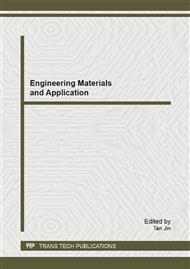p.870
p.874
p.879
p.885
p.891
p.896
p.901
p.906
p.910
The Research of Aircraft Landing Problems Based on Neural Network
Abstract:
Aircraft Landing Scheduling (ALS) problem is a typical hard multi-constraint optimization problem. In real applications, it is not most important to find the best solution but to provide a feasible landing schedule in an acceptable time. Scheduling aircraft landing is a complex task encountered by most of the control towers. In this paper, we study the aircraft landing problem (ALP) in the multiple runway case. This paper proposes a method based on neural network which can effectively solve the ALS while satisfying the real-time need.
Info:
Periodical:
Pages:
891-895
Citation:
Online since:
January 2013
Authors:
Keywords:
Price:
Сopyright:
© 2013 Trans Tech Publications Ltd. All Rights Reserved
Share:
Citation:


